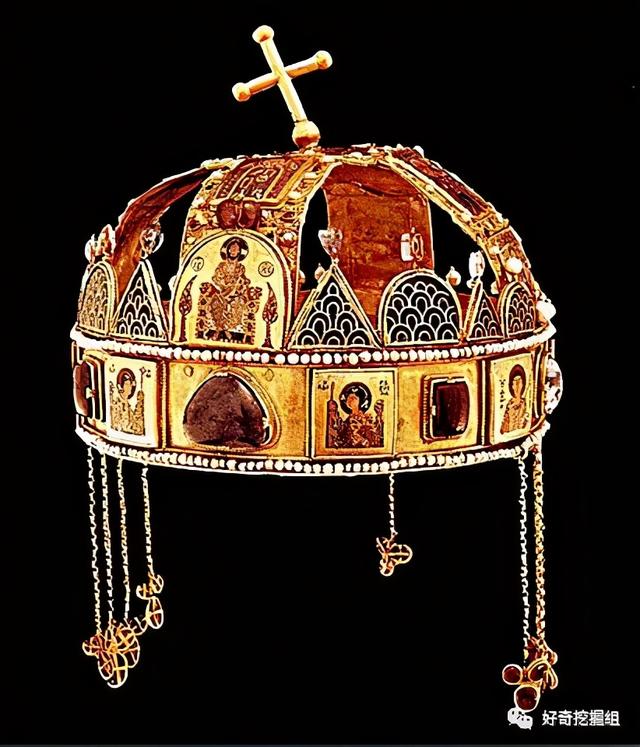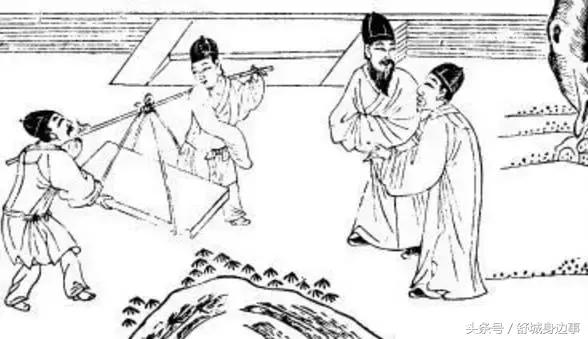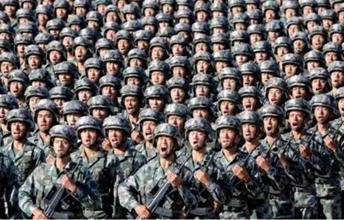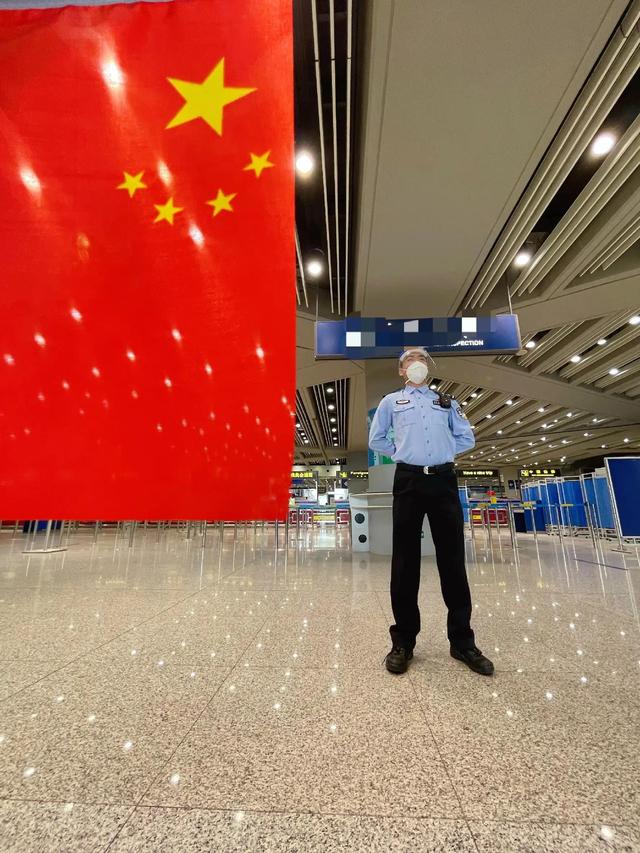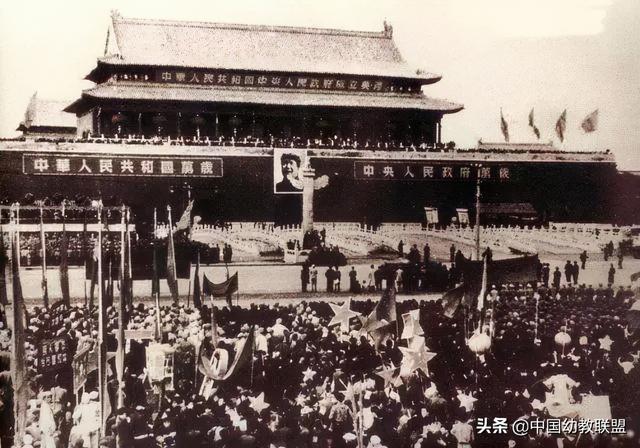韩国传统服饰美女(外国风俗韩国)
一、国家简介/ Country Profile
1.历史沿革/ Historical Evolution

韩国国名源于古时朝鲜半岛南部的部落联盟“三韩”(辰韩、马韩、弁韩),在中国东汉、三国时代,三韩的政权即被中原称为“韩国”。
此后朝鲜半岛的许多政权虽然不以“韩”为国号,但仍以“韩”或“三韩”作为其别称而沿袭下来。1919年成立大韩民国临时政府,1948年起朝鲜半岛南部的国名被定为“大韩民国”,简称韩国。
The name of the country of South Korea originated from the tribal alliance (Chenhan, Mahan, and Bianhan) of the southern Korean peninsula in ancient times. During the Eastern Han Dynasty and the Three Kingdoms era, the regime of the Three Koreas was called "South Korea" by the Central Plains.
Since then, many regimes on the Korean peninsula have inherited the name "Korean" or "Three Koreas", although they do not use the name "Korean". The Provisional Government of the Republic of Korea was established in 1919. Since 1948, the name of the country on the southern Korean Peninsula has been designated as the "Republic of Korea", referred to as South Korea.
2.人口分布/ Population Distribution
截至2019年1月,韩国总人口约5100万,主要民族为韩民族,属黄色人种东亚类型,占全国总人口的96.25%。
As of January 2019, the total population of South Korea is about 51 million, and the main ethnic group is the Korean. It belongs to the East Asian type of yellow race, accounting for 96.25% of the total population.
3.气候特征/ Climatic Conditions
韩国四季分明,春、秋两季较短;夏季炎热、潮湿;冬季寒冷、干燥,时而下雪。
韩国各地区之间温差较大,平均温度为6℃至16℃。在全年最热的8月份,平均温度为19℃至27℃。而在全年最冷的1月份,平均温度则在零下7℃至8℃。
Korea has four distinct seasons, with shorter spring and autumn seasons; hot and humid summers; cold and dry winters, and sometimes snow.
The temperature difference between various regions in South Korea is large, with an average temperature of 6 ° C to 16 ° C. In the hottest August of the year, the average temperature is 19 ° C to 27 ° C. In the coldest January of the year, the average temperature is between minus 7 ° C and 8 ° C.
4.地形特征
韩国地形以山地为主,上下坡路段常见,高速路上隧道较多,其中部分隧道甚至长达十余公里。在城市道路中,车道相对较窄,小岔路口较多,不熟悉道路情况容易南辕北辙。
The terrain in South Korea is dominated by mountainous terrain, which is common on up and down slopes, and there are many tunnels on highways, some of which are more than ten kilometers long. In urban roads, the lanes are relatively narrow, and there are many small forks. It is easy to be confused if you are unfamiliar with the road.
二、风俗人情/ Custom Life
1.交通环境/ Traffic Environment
至2011年底汽车保有量1813万辆。家庭平均每户拥有0.91辆,其中,轿车最多,占76.2%,其后依次为货车(17.7%)、小型客货两用车(5.8%)。
By the end of 2011, there were 18.13 million vehicles. The average household owns 0.91 vehicles, of which, the largest number is cars ,accounting for 76.2%, followed by trucks (17.7%), small passenger and freight cars (5.8%).
2.经济环境/ Economic environment
1)经济数据/ Economic Indicators

国内生产总值(2017年):1.5万亿美元。
GDP (2017): $ 1.5 trillion.
人均国民收入(2017年):2.92万美元。
Per capita national income (2017): $ 29,200.
经济增长率(2017年):3.1%。
Economic growth rate (2017): 3.1%.
2)消费特点
▪韩国人的整体消费水平较高,最热销的乘用车,分别是雅尊,领动,索纳塔,索兰托。
The overall consumption level of Koreans is relatively high. The most popular passenger cars are: Yazun, Leader, Sonata, Sorento.
▪韩国人对互联网汽车的热情不高。
Korean passion for Internet car is not very high.
▪韩国消费者对SUV的热情不高。由于韩国道路基础设施已经非常完善,除非是喜欢去山地自驾游的人,SUV在韩国很少有用武之地。
Korean consumers are not enthusiastic about SUVs. Because South Korea's road infrastructure is very complete, SUVs are rarely useful in South Korea, except for people who like to travel by themselves in the mountains.
3.风俗人情/ Local Customs
1)法规要求/Regulatory Requirements
近来,韩国发布《未来汽车产业发展战略》,对包括无人驾驶、电动汽车、氢动力电池汽车在内的未来汽车产业发展方向作出规划。其中,韩国力求2027年实现无人驾驶商用化。
Recently, South Korea released the "Development Strategy for the Future Automotive Industry" to plan the future development direction of the automotive industry including driverless, electric vehicles, and hydrogen-powered battery vehicles. Among them, South Korea strives to achieve commercialization of driverless cars by 2027.
2)民族节日/ National Festival
受中华文化的影响,中国的四大传统节日,即春节、元宵节、端午节、中秋节也随着汉文化很早就传到了朝鲜半岛、日本和越南等地。因此韩国的传统节日与中国大体相同。
Affected by Chinese culture, the four traditional Chinese festivals, Spring Festival, the Lantern Festival, the Dragon Boat Festival, and the Mid-Autumn Festival also spread to the Korean Peninsula, Japan and Vietnam with the Han culture very early. Therefore, Korean traditional festivals are almost the same as China.
1)辞旧迎新的春节/ Spring Festival
韩国人从新罗时代就开始过春节了,在韩国,它是仅次于中秋节的第二大节日。韩国人过年时家家户户都要准备很多糯米打糕,分赠邻居和亲友。从这种习俗中产生了"吃打糕过年"的说法。据说米糕含有诚心、爱心和孝心之意,象征新的一年团圆美好。
Koreans have had the Spring Festival since the Silla era. In South Korea, it is the second largest festival after the Mid-autumn Festival. Koreans prepare a lot of glutinous rice cakes for New Year's Eve and give them to neighbors, relatives and friends. From this custom, the term "eating for New Year" was born. It is said that rice cake contains sincerity, love and filial piety, which symbolizes a happy new year.
2)寄托期望的元夕节/ Lantern Festival
韩国人将正月十五称为元夕节或上元节,也有人称元宵节,但并没有吃元宵的习惯。正月十五是新年伊始迎来的第一个月圆日,像中国人一样,韩国人过节是祈求一年的丰裕和平安。
Koreans refer to the fifteenth day of the first month as the Lantern Festival or Shangyuan Festival, but they do not have the habit of eating the Lantern Festival. The fifteenth day of the first month is the first month of the new year. Like the Chinese, the Koreans celebrate the abundance and peace of the year.
3)美轮美奂的端午节/Dragon Boat Festival

端午节又俗称端阳节,是插秧结束后祈求丰年的日子。东亚各国过端午的习俗略有不同,韩国是男人摔跤,女人用菖浦叶洗头,荡秋千,还会吃用艾叶做的像车轮一样的车轮饼--艾糕。因此,韩国又将端午节称为车轮节。
The Dragon Boat Festival, also commonly known as the Duanyang Festival, is a day of praying for a good year after the transplanting. The customs of the Dragon Boat Festival in East Asian countries are slightly different. In South Korea, men wrestle, women wash their hair with Xupu leaves, swing on swings, and eat wheel cakes like mug cakes made of mugwort. Therefore, Korea also calls the Dragon Boat Festival as Wheel Festival.
4)阖家团圆的中秋节/Mid-Autumn Festival
中秋节不单单是华人的节日,也是韩国、日本的传统节日。韩国人又称中秋节为"秋夕"或"感恩节"。"每逢佳节倍思亲",韩国秉承了汉字文化圈的传统,中秋节成为一年中最重要的节日。韩国人极重孝道,中秋节子女能否回家拜见双亲长辈,是衡量子女孝顺与否的重要尺度。因而在韩国,中秋这一天不论身在何处,即使再忙也都要赶回去,与家人团聚。
The Mid-Autumn Festival is not only a Chinese festival, but also a traditional festival in Korea and Japan. Koreans also call Mid-Autumn Festival "Autumn Eve" or "Thanksgiving". " Alone as a guest on foreign soil,twice homesick am I on every festival. ", Korea has inherited the tradition of the Chinese character culture circle, and the Mid-Autumn Festival has become the most important festival of the year. Koreans place great emphasis on filial piety. Whether or not their children can return home to meet their parents' elders is an important measure of their filial piety. Therefore, in Korea, no matter where you are on the Mid-Autumn Festival, you have to rush back to reunite with your family even if you are busy.
三、信息视野/ Information View
1.产业发展/ Industrial Development
韩国最早从事汽车生产的公司是起亚汽车公司,始建于1944年。1962年,韩国对外资采用 SKD(即大总装直接引进组装)的形式,开始了民族汽车发展之路。不久,为了提高本国的零部件国产化率及汽车产业的经济规模,韩国政府将SKD方式转化为 CKD独立生产方式。
The earliest Korean company engaged in automobile production was Kia Motors, which was founded in 1944. In 1962, South Korea adopted the form of SKD (that is, direct assembly and introduction of large assemblies) for foreign investment, and began the development of national automobiles. Soon, in order to improve the localization rate of components and the economic scale of the automotive industry, the Korean government converted the SKD method to the CKD independent production method.
70年代后,韩国政府实行“汽车国产化”政策,这个政策使韩国的汽车工业获得了飞速发展。进入80年代,汽车产量开始快速增长,并形成现代,起亚,大宇,双龙四大汽车鼎足的国内市场格局,汽车总产量仅低于日本,为亚洲地区地区第二大汽车生产国。
After the 1970s, the Korean government implemented a "automobile localization" policy, which has led to rapid development of the Korean auto industry. In the 1980s, automobile production began to grow rapidly and formed the domestic market structure of Hyundai, Kia, Daewoo, and Ssangyong. The total automobile production was only lower than Japan, making it the second largest automobile producer in Asia.
伴随着汽车产量的快速增长,韩国汽车出口也进入快速增长时期,到1995年,韩国汽车出口已达到110万辆,出口量在全球排名为第六位。至此,韩国汽车业完成了从无到有的资本积累,并初步确立起现代汽车工业生产体系和面向全球的营销网络。
With the rapid growth of automobile production, South Korean automobile exports have also entered a period of rapid growth. By 1995, South Korean automobile exports had reached 1.1 million units, and the export volume ranked sixth in the world. At this point, the Korean automobile industry has completed capital accumulation from scratch, and has initially established a modern automobile industry production system and a global marketing network.
2.行业状况/ Industry Status


●韩国汽车工业产品结构主要为乘用车,2013年韩国汽车工业乘用车产量412万辆,商用车产量39万辆。
The product structure of the South Korean automobile industry is mainly passenger cars. In 2013, South Korean automobile industry produced 4.12 million passenger cars and 390,000 commercial vehicles.
●韩国的汽车产业是其经济支柱。从14年起韩国大力发展新能源汽车,纯电动汽车的补贴金额非常高。

South Korea's auto industry is the backbone of its economy. Since 14 years, South Korea has vigorously developed new energy vehicles, and the amount of subsidies for pure electric vehicles is very high.
●韩国的动力电池产业仰仗欧美市场的需求,韩国电池工业在2018年制定过一个电芯的Roadmap。

South Korea ’s power battery industry relies on the needs of the European and American markets. The South Korean battery industry formulated a roadmap of battery cells in 2018.
●身为韩国五大财团之一,韩国现代集团的销售额曾占到韩国整个国民收入的16%,出口额占到出口总量的12%。
As one of the top five consortia in Korea, the sales of Hyundai Group accounted for 16% of the country's total national income, and exports accounted for 12% of total exports.
3.市场思考——为什么韩国汽车工业起步晚却赶超中国?/Market Thinking
和中国相比,韩国是汽车强国,虽然汽车工业不比中国早,但早就跑在了我们前面。韩国汽车品牌作为汽车行业中的后起之秀,能够为中国车企带来许多启发。
Compared with China, South Korea is an automobile powerhouse. Although the automobile industry is not earlier than China, it has already ran ahead of us. As a rising star in the automotive industry, Korean car brands can bring a lot of inspiration to Chinese car companies.
●走自主创新发展道路,创立民族汽车品牌/ Take the road of independent innovation and development,establish a national automobile brand.
韩国汽车工业初期也是通过组装技术的引进,之后韩国进行战略规划,要求每个公司选定一个车型开发完全国产化的汽车,也就是汽车国产化政策。同时各汽车企业不遗余力地培育自主创新能力,比较成功的就是现代汽车公司,其主导产品为轿车和商用车。拥有民族品牌汽车是一个国家汽车工业发展的标志,无论是美国还是德国、法国、意大利这些老牌汽车工业强国都拥有自己的民族品牌。韩国政府领悟到CKD方式只是一座桥梁,引进欧美技术后要尽快消化,及时改进并不断创新,再以独具特色的产品打回欧美市场,这种模仿着的自主创新之路和日本很相似。
The Korean automobile industry also adopted the introduction of assembly technology in the early days. Later, South Korea carried out strategic planning, requiring each company to select a model to develop a completely domestically produced car, which is also a car localization policy. At the same time, auto companies spare no effort to cultivate independent innovation capabilities. The most successful ones are Hyundai Motor Company, whose leading products are cars and commercial vehicles. Owning a national brand car is a sign of the development of a country's auto industry. Whether it is the United States or Germany, France, Italy and other old auto industry powers have their own national brands. The Korean government realizes that the CKD method is just a bridge. After introducing European and American technology, it must be digested as soon as possible, and it must be improved and innovated in time. Then it will return to the European and American markets with unique products. This imitative independent innovation road is similar to Japan.
●政府力量的多方面支持/ Multifaceted support from government forces.
在韩国汽车工业发展过程中,政府对本国市场和企业给予多方面保护,鼓励本国出口,使本国企业免受与国外企业竞争压力。但这并不代表韩国汽车的质量就要差一些,相反,政府向汽车科研开发项目提供大量资金,每年投资金额约占其总投资额的12%,狠抓汽车业产品质量,着力改善产品形象。在政府的支持下,韩国汽车业逐渐摆脱以出口廉价小型轿车为主的做法,开始致力于价格较高的中、大型轿车和休闲型轿车的出口,现在韩国汽车质量和品牌形象已得到显著改善。
During the development of the Korean automobile industry, the government has provided various protections to domestic markets and enterprises, encouraged domestic exports, and protected domestic enterprises from the pressure of competition with foreign enterprises. However, this does not mean that the quality of Korean cars will be worse. On the contrary, the government provides a large amount of funds for automotive scientific research and development projects, and the annual investment amount accounts for about 12% of its total investment. . With the support of the government, the Korean automobile industry gradually got rid of the practice of exporting low-cost small cars, and began to focus on the export of higher-priced medium and large cars and leisure cars. Now the quality and brand image of South Korean cars have improved significantly.
●借助营销手段融入全球化/ Integrating globalization with marketing.
韩国汽车得以持续发展也离不开对营销手段和宣传广告的重视。现代汽车集团在美、欧、日本都建立了开发研究中心,单在日本,现代汽车就在东京、大阪等40个大城市开设了专卖店,推销从韩国进口的小型货车和轿车。现代汽车还举办了“现代汽车杯”5人制迷你足球锦标赛,共有来自50多个国家的球队参与,进入决赛的球队可参观现代汽车工厂、了解汽车技术。如今,现代公司已成为在国际上响当当的品牌,它拥有的自主生产主体及核心技术,使其能够以平等的身份,与三菱、戴姆勒-克莱斯勒公司联合开发新产品。
The sustainable development of Korean cars also depends on the importance of marketing methods and advertising. Hyundai Motor Group has established development and research centers in the United States, Europe, and Japan. In Japan alone, Hyundai Motor has opened specialty stores in 40 large cities, such as Tokyo and Osaka, to promote minivans and cars imported from South Korea. Hyundai Motor also held the "Hyundai Automobile Cup" 5-a-side mini football championship, with teams from more than 50 countries participating. The finalists can visit Hyundai Motor Factory and learn about automotive technology. Today, Hyundai has become an internationally renowned brand. It has its own independent production body and core technology, which enables it to jointly develop new products with Mitsubishi and Daimler-Chrysler companies on an equal basis.
,免责声明:本文仅代表文章作者的个人观点,与本站无关。其原创性、真实性以及文中陈述文字和内容未经本站证实,对本文以及其中全部或者部分内容文字的真实性、完整性和原创性本站不作任何保证或承诺,请读者仅作参考,并自行核实相关内容。文章投诉邮箱:anhduc.ph@yahoo.com


